The input signal, say \$V_{in} \$, is the non-inverting input to the transconductance amplifier.
To determine the OLTF, remove the feedback path, giving,
$$\frac{V_{out}(s)}{V_{in}(s)}=\frac{10^{-4}}{10^{-7}s}\times \frac{1}{1+10^{-7}s +10^{-11}s^2}$$
Which simplifies to,
$$\frac{V_{out}(s)}{V_{in}(s)}=\frac{10^{14}}{s(s^2+10^4 s+10^{11})}$$
Hence, the denominator \$s\$ term contributes \$\small-90^o\$ of phase shift.
The 2nd order term is very lightly damped \$\small (\zeta=0.016)\$, so it contributes a further phase shift of \$\small -90^o\$ (approximately) at the natural frequency, \$\omega _n=\small\sqrt{10^{11}}\: \$ rad/sec.
Therefore, the overall phase shift of \$\small -180^o\$ occurs at or about the natural frequency, \$\omega _n\$.
At \$\omega =\omega_n\$, the loop gain is calculated as, \$\small G=0.1\equiv -20\:dB\$, therefore the Gain Margin is, \$\small GM =20\:dB\$

